
Sign in to your ScreenRant account
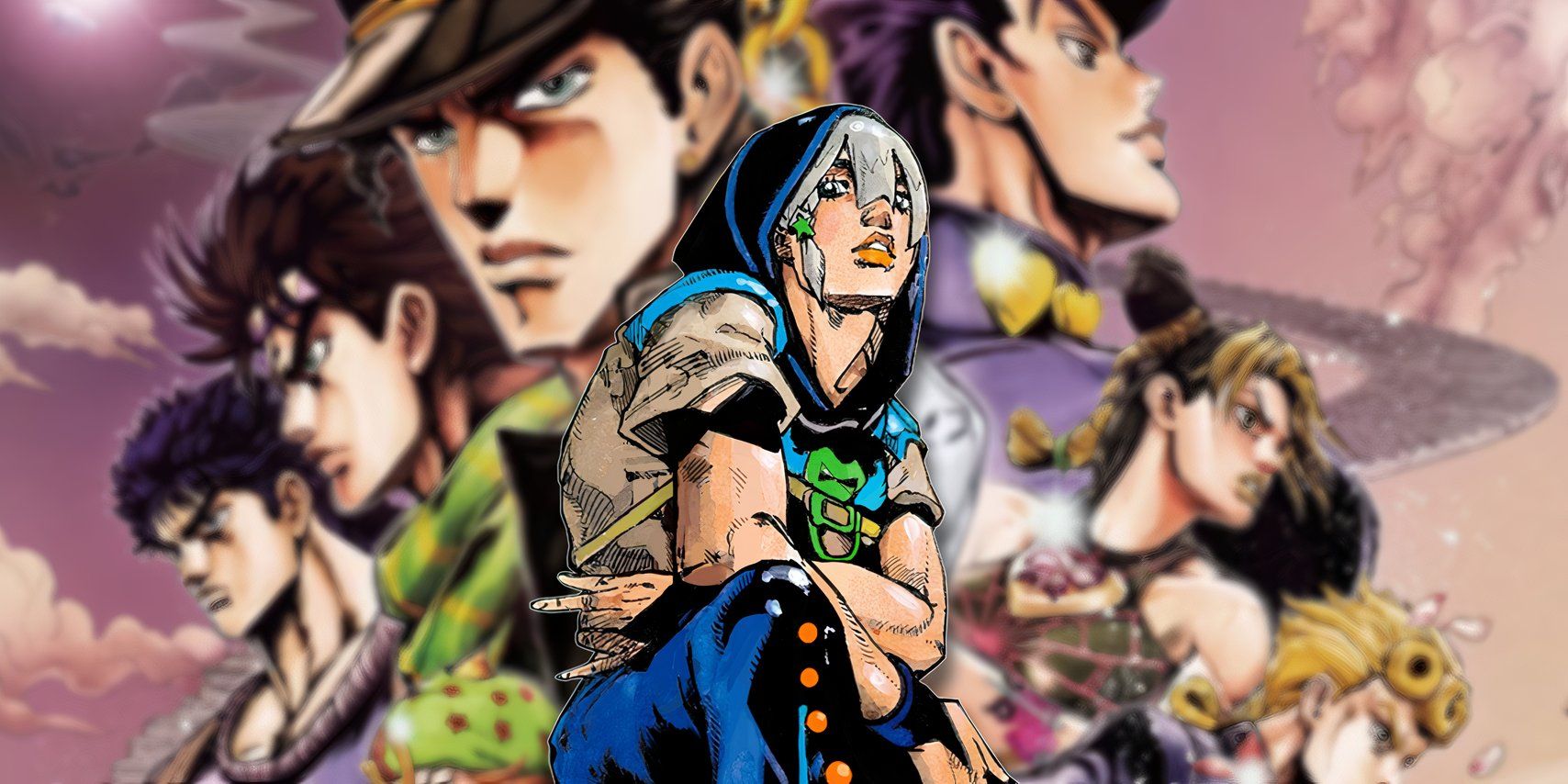
The problem with a story as expansive as JoJo's Bizarre Adventure has is that the ending becomes more important than ever before. Sure, in an ordinary series, the ending might have implications for the story as it stands. For Jojo, though, its ending will implicate two universes, nine Joestar-blooded protagonists, two versions of very similar bloodlines, and all the characters who have been pulled into the fray during its decades of publication.
A long-standing joke in the Jojo community is that, with his clear skin and youthful disposition, creator Hirohiko Araki might just be a vampire himself. In reality, of course, the mangaka is getting on in years—he's 64 as of the time of writing, which is the average retirement age in Japan. Fans are on the edge of their seats to see how his multi-decade story will close, and they've come up with a pretty decent theory explaining why The JoJoLands might be the series' final part—but one interview from Araki years ago pokes a hole in it.
Jojo's Trilogy Theory: Why Some Fans Think Jojo's Bizarre Adventure Will End Soon
The Trilogy Theory Is an Interesting Premise, but It's Unlikely to Hold Water
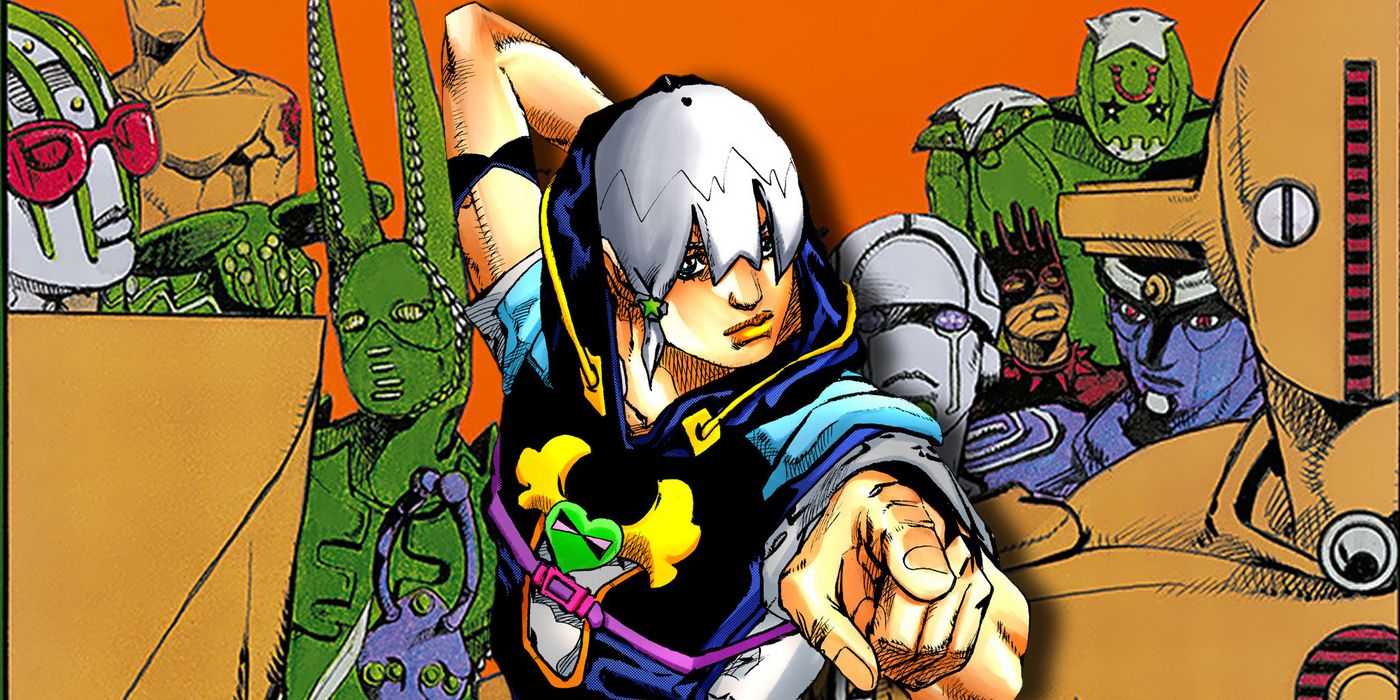
One of the most prominent fan theories for the conclusion of Jojo's Bizarre Adventure, popularized by YouTube channels like Hamon Beat, is what can be called the "trilogy theory". The logic goes like this: Jojo's Bizarre Adventure can roughly be divided into sets of three parts, where each set has an overarching theme. With The JoJoLands being the third part of the third trilogy, it makes sense that it could be the capstone. For reference, the typical arrangement is like so:
- The Joestar Trilogy: Each part derives from a direct, uncomplicated lineage between the three protagonists (Jonathan Joestar; Joseph Joestar, Jonathan's grandson; Jotaro Kujo, Joseph's grandson). Dio or vampirism play a predominant role, and there's a well-defined role for Hamon (although in Stardust Crusaders, it's mainly used through Joseph's stand, Hermit Purple).
- The Stand Arrows Trilogy: Starting in Diamond is Unbreakable, stand arrows start to play a massive role. Although they play a lesser role in Stone Ocean (much like Hamon was apparent but played only a minor role in Stardust Crusaders), they nonetheless provide Jolyne Kujo with her stand. This trilogy also deals with the descendants or companions of Dio, and they encompass his death and the aftermath of his life.
- The Parallel Universe Trilogy: Starting in Steel Ball Run, Jojo's Bizarre Adventure shifts focus to a new lineage and universe. Spin takes the place of Hamon, and the mechanic recurs in each part to some extent. Johnny Joestar replaces Jonathan Joestar as the head of the Joestar family tree, and the new universe contains many counterparts for the original universe (including a perfect analog for Rohan Kishibe), although it plays out as a bizarro-world version of the original universe.
The Parallel Universe trilogy also mostly features Jojo as a seinen, rather than shonen, manga. Early in Steel Ball Run, Araki moved from Weekly Shonen Jump to Ultra Jump, a seinen magazine with monthly releases.
Some fans add spice to the theory by speculating that a very brief tenth part might happen—one which could, for example, tie together the first and second universe in Jojo. There are two big problems with this theory. The first is that, for better or worse, mangaka often work their whole lives without explicitly retiring, and Araki certainly hasn't given any indications of his intentions to retire. That's an assumption on the part of fans. But there's also the fact that Araki himself has given one big reason to doubt that The JoJoLands, despite being a remake of Golden Wind, will be the series' last complete part.
Araki Discussed How Jojo Could Have Ended After Part 4
Stardust Crusaders Marked a Major Change for Araki
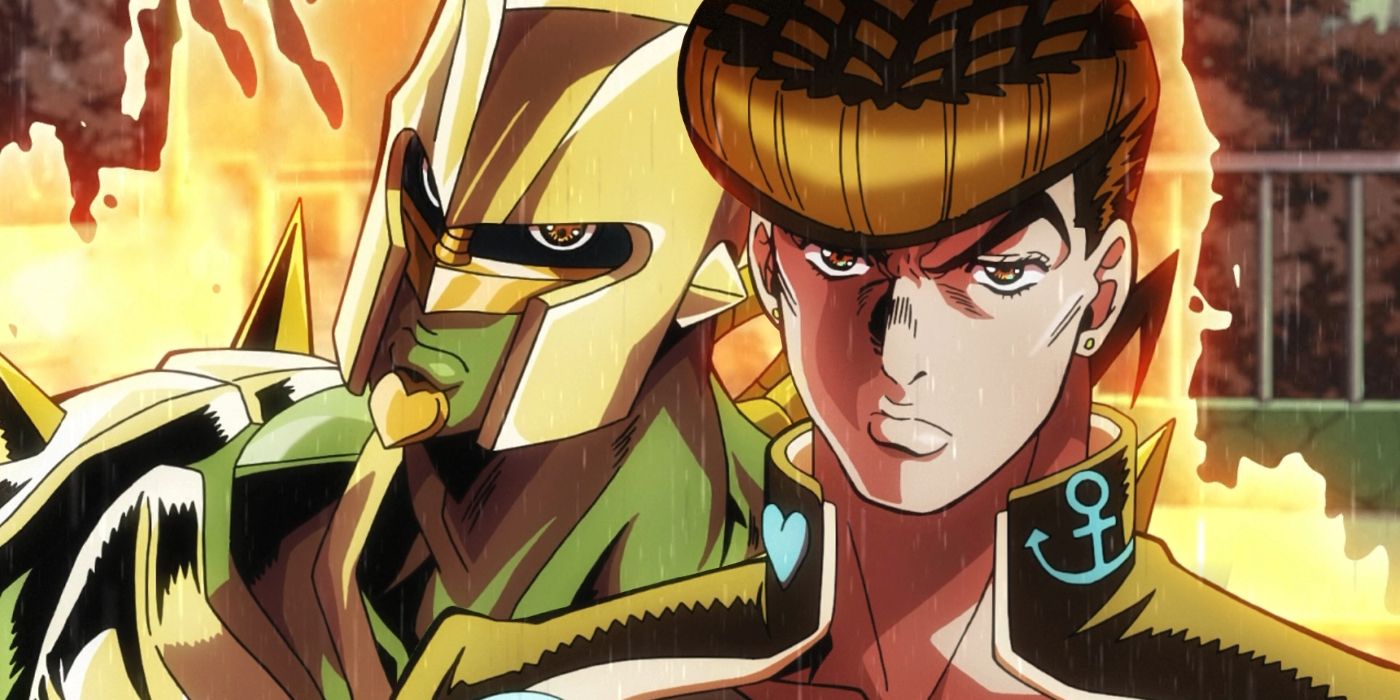
In an interview from 2012 for the book JoJomenon, Araki went into excruciating detail about Jojo's history, past, and future. In so doing, he covered a couple of topics that really throw a wrench into the idea that The JoJoLands might be the last part of the series. Firstly, in addressing how Jojo could have ended after Part 4 (Diamond is Unbreakable), Araki discusses a fascinating thematic shift. It's also noteworthy, but shouldn't be overanalyzed, how Araki sees parts 1 through 4 as a continuity, rather than seeing part 4 as its own separate project:
So, if you think back to the original concept, you could say that JoJo could have ended with Part 4. From Part 5 onward, there's still the bloodline that serves as a pillar of JoJo, but I wanted to depict the sadness of people who were betrayed by the organization they trusted, or rather, the sadness of having been born. The very fact that a person exists in this world is a bit sad. But that's why I think we find joy and meaning in our lives. The epilogue, Sleeping Slaves, is a perfect example of this, but I think, in my desire to depict that sort of thing, the shape of the story changed from Part 5 onwards.
Araki describes how, in part 5, Jojo shifts focus toward inspiration through the task and burden of being born—and how, in spite of this (or because of this), joy and meaning have to be discovered on their own. In part 5, Golden Wind, this theme is obvious: protagonist Giorno Giovanna is himself the bastard child of Dio, an unlucky accident thrust into the Italian underworld and who, despite that misfortune, creates meaning for himself by attempting to take down Passione's leadership and reforming the gang.
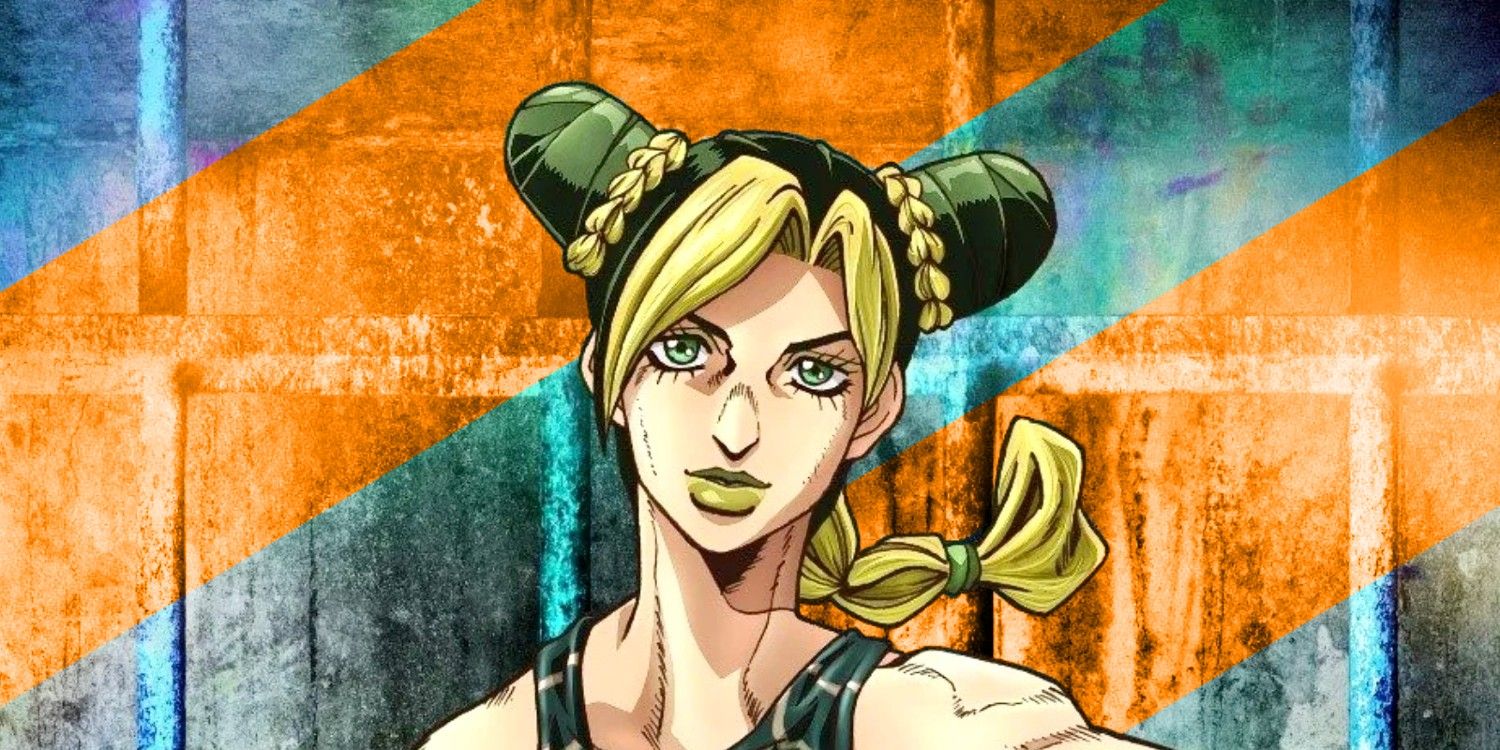
Related
JoJo's Bizarre Adventure Stone Ocean's Ending Explained: How the Original JoJo Universe Ends
The ending of Stone Ocean represents the end of the universe seen in parts 1-6 of Jojo's Bizarre Adventure. Here's how the original comes to a close.
The thematic intention recurs in Stone Ocean, where Jolyne is largely separated from her father and even rejects him outright at the start, yet finds meaning to her life in the prison that was supposed to crush her spirit and discipline her. it also pokes through in Steel Ball Run (where Johnny has to construct meaning in the face of a disabling incident that obstructed him from his previous purpose in life) and Jojolion (where Josuke Higashikata has to build out a new life for himself after waking up as the amnesiac product of an accidental fusion of two other people).
Araki Is Not Planning to Give Up Jojo's Bizarre Adventure
The Series Is Part of How Araki Defines Himself
It's too early to say precisely how this theme works in The JoJoLands, but what's certain from the same interview is that it's unlikely to be the last JoJo part. At the end of the interview, Araki is asked outright whether he "intends to draw the JoJo series forever". His response won't necessarily come as a surprise, but it becomes all the more poignant in the context of his reflections on JoJo's continuation:
Do you intend to keep drawing the JoJo series forever?
Araki: I do wonder whether I'm really only capable of drawing the JoJo series. But on the other hand, I don't think it's worth it to go to so many different places. I hate it when celebrities become politicians. I would never vote for someone like that. You can write that down, I don't mind (laughs). A person has something akin to a stake in a company. I don't like people who go past that and do all kinds of things. I'm not saying everyone should mind their own business, but Hirohiko Araki will always be JoJo, and that's alright with me. I might only be able to draw JoJo, but I won't stop drawing JoJo.
In short, Araki sees himself as uniquely identified with JoJo. In fact, Hirohiko Araki "will always be JoJo". Araki is quite generous with his interviews, yet he's never undermined his statements here. The only reasonable conclusion is that, within his own "meaningless" life, Araki has found his very own source of joy and meaning: drawing JoJo's Bizarre Adventure.
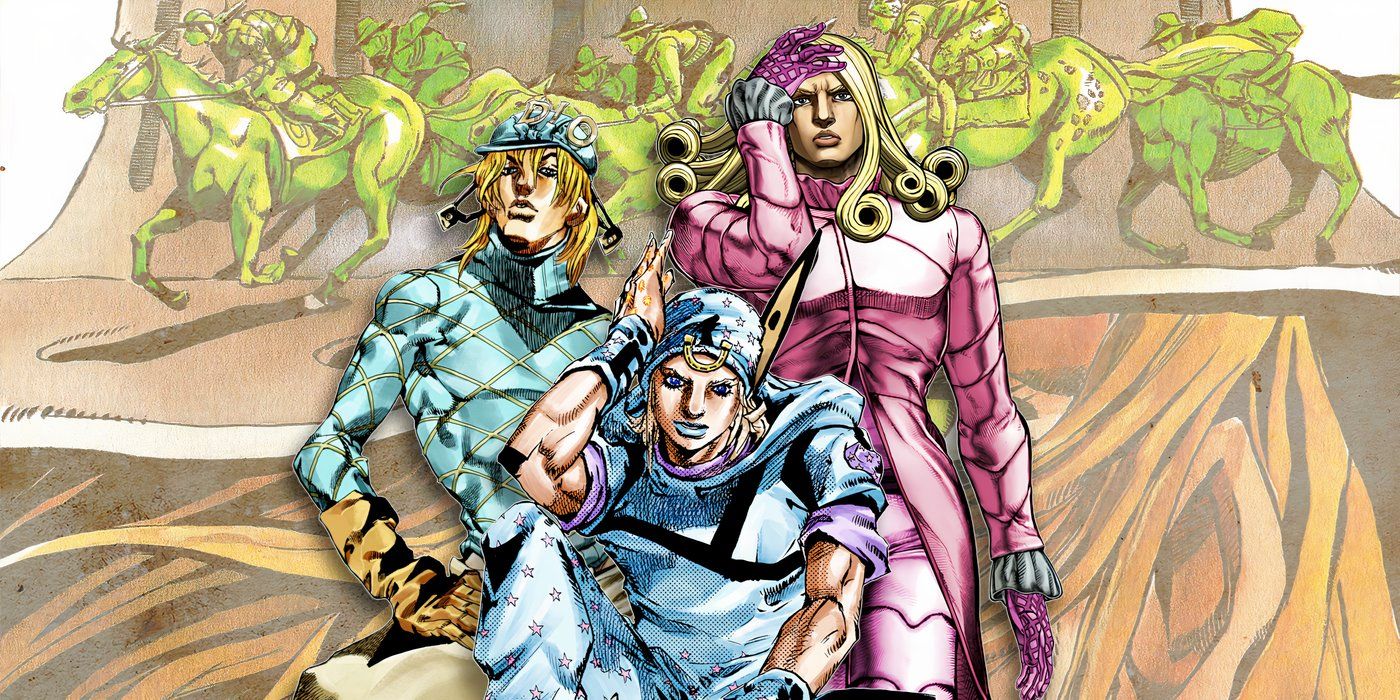
Related
JoJo's Bizarre Adventure: Steel Ball Run Could Break the Internet With 5 Epic Scenes
Steel Ball Run is JoJo's Bizarre Adventure's next part to be animated. The manga is already great, but five scenes will be legendary when animated.
It's understandable that fans are quite worried about the end of the series. There remain so many things to wrap up: how, if at all, do the two universes tie together? Will readers ever get to revisit the Joestar lineage of the original universe? Will the fan-service interactions between, say, Part 4 and Part 8's respective Josuke Higashikatas in media like Eyes of Heaven ever bear out some canonical truth by way of Araki's pen? It's also only natural to assume that Araki might call it quits someday—but there's been no indication so far.
It seems Araki has no plans to quit drawing JoJo, let alone pick up some other series. For as long as he creates, he'll be creating Jojo. He doesn't seem very happy to give JoJo's Bizarre Adventure up any time in the near future, either.
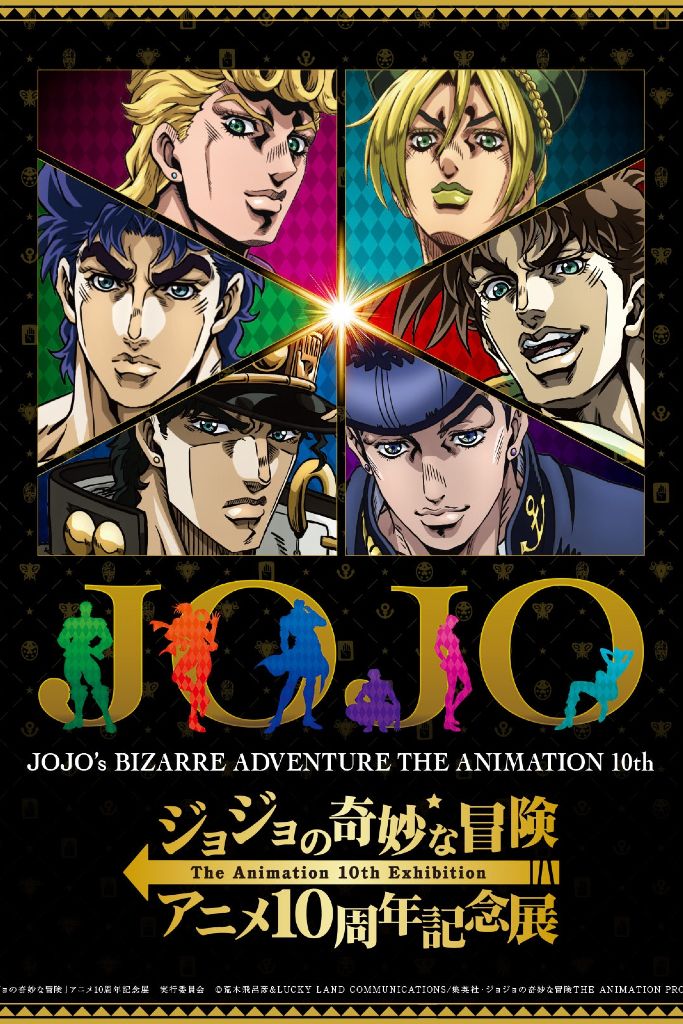
Jojo's Bizarre Adventure
JoJo's Bizarre Adventure is a Japanese multimedia franchise created by Hirohiko Araki. It follows the adventures of the Joestar family, spanning generations, each with unique abilities and battling supernatural enemies. Known for its eccentric characters, distinctive art style, and creative battles, it includes manga, anime, games, and merchandise.
Created by Hirohiko Araki
TV Show(s) JoJo Bizarre Adventure
Character(s) Will A. Zeppeli, Jonathan Joestar, Giorno Giovanna, Jotaro Kujo, Joseph Joestar, Jolyne Cujoh, Johnny Joestar, Josuke Higashikata, Gyro Zeppeli
Video Game(s) JoJo's Bizarre Adventure, JoJo's Bizarre Adventure: All Star Battle R

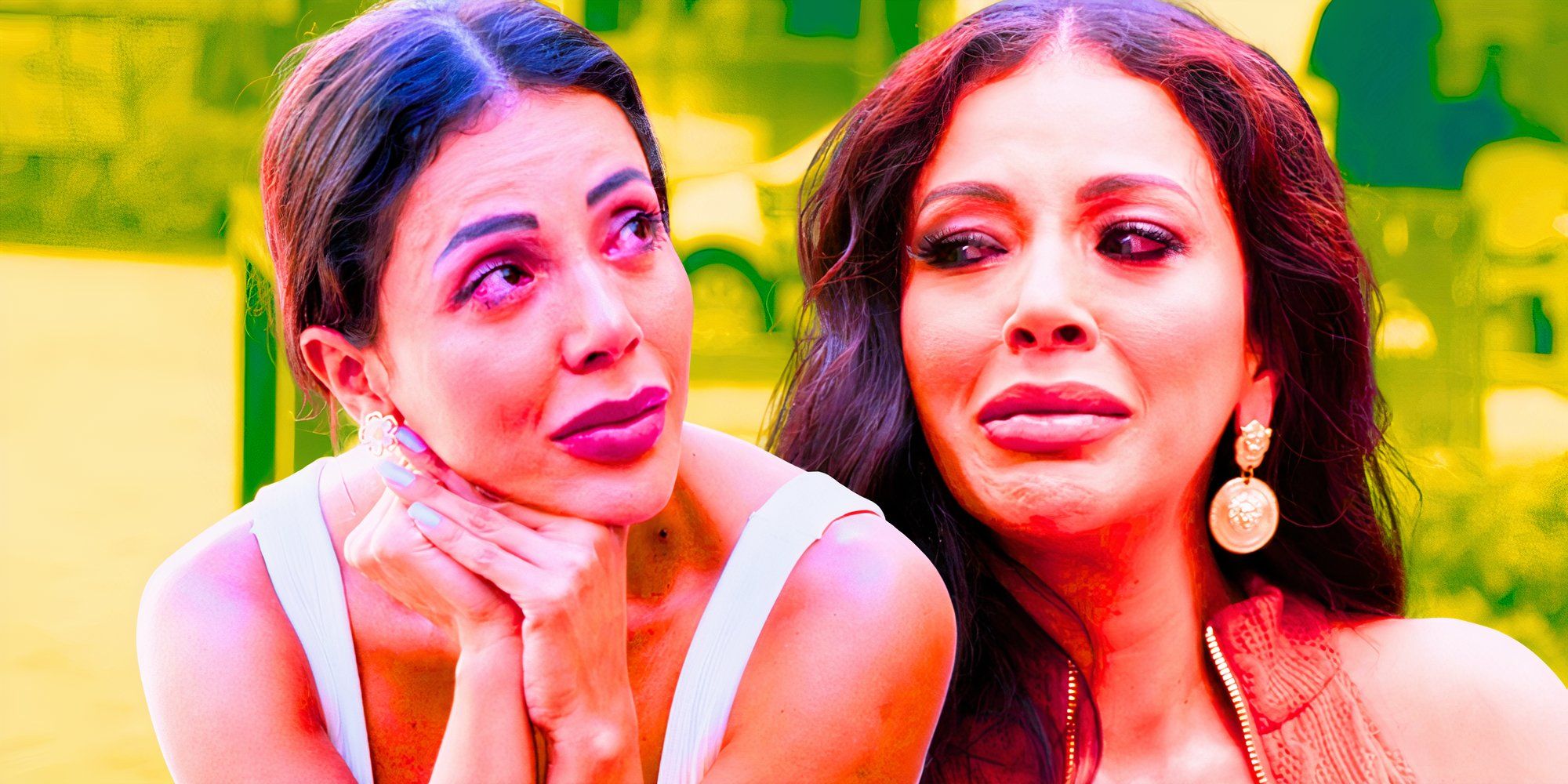
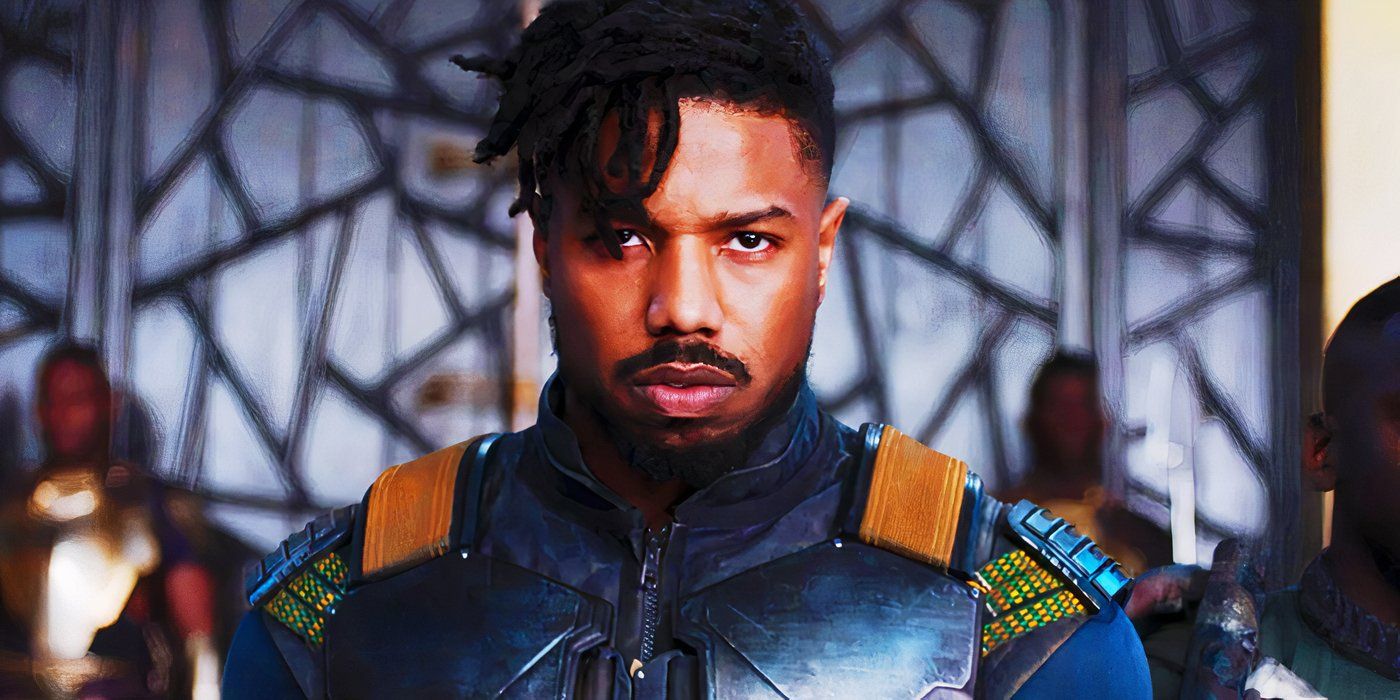
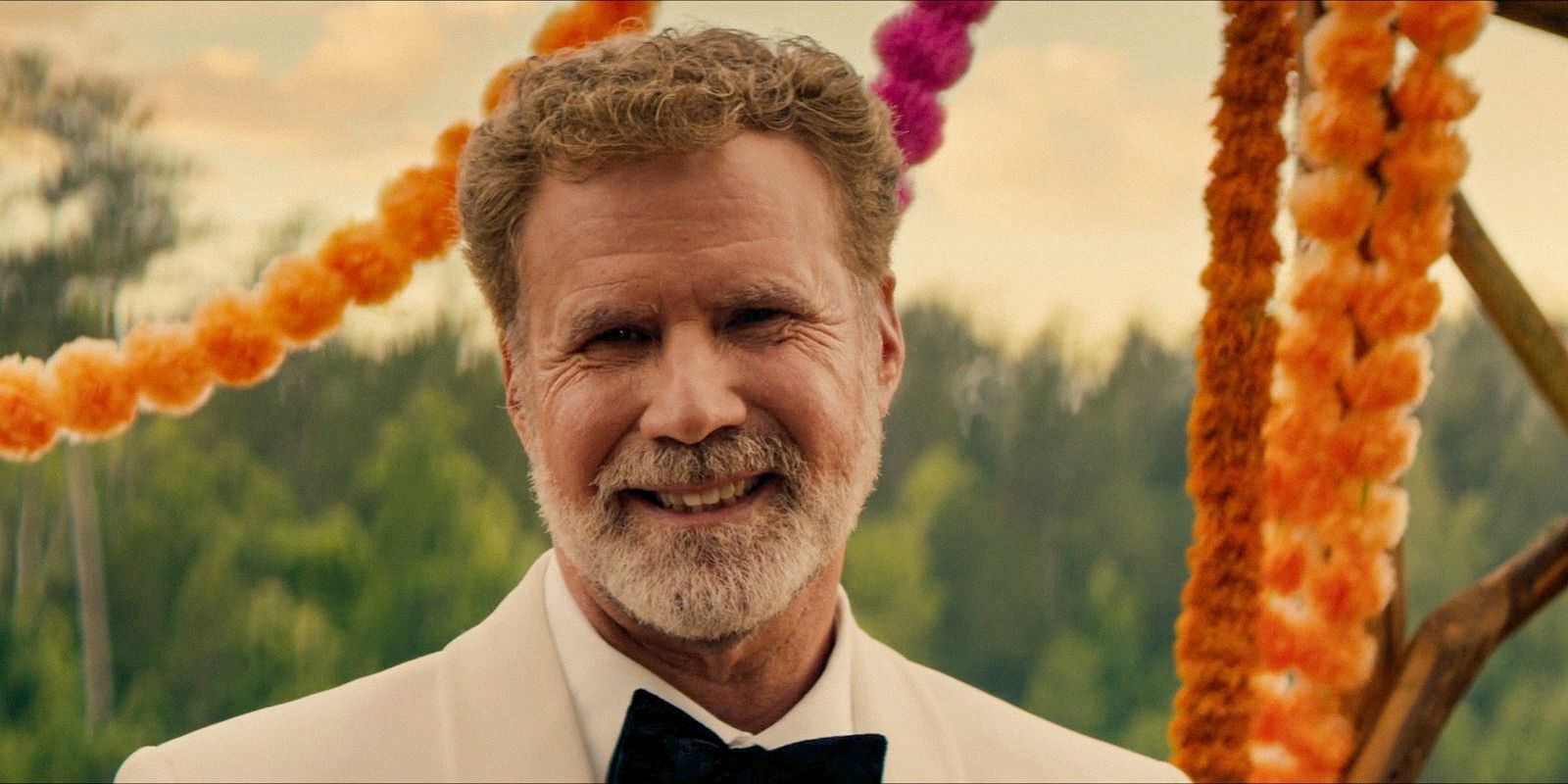





 English (US) ·
English (US) ·